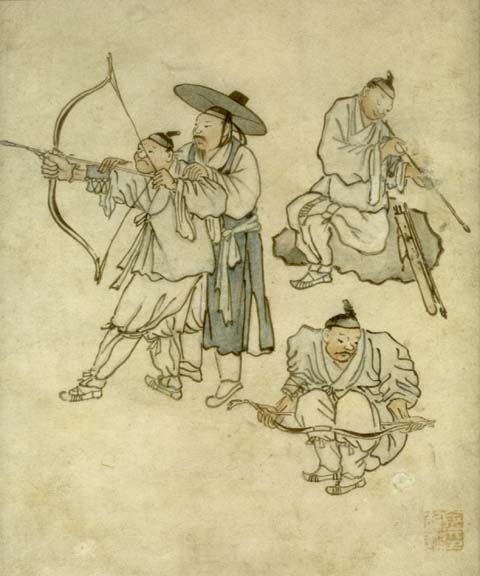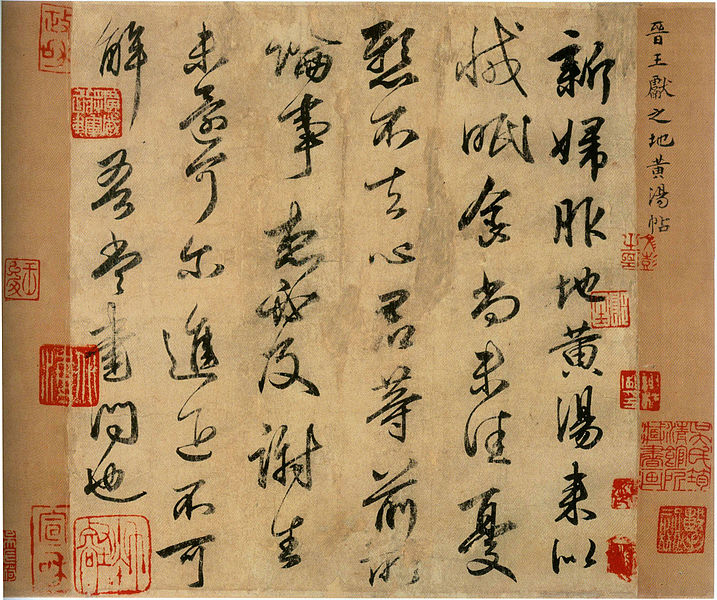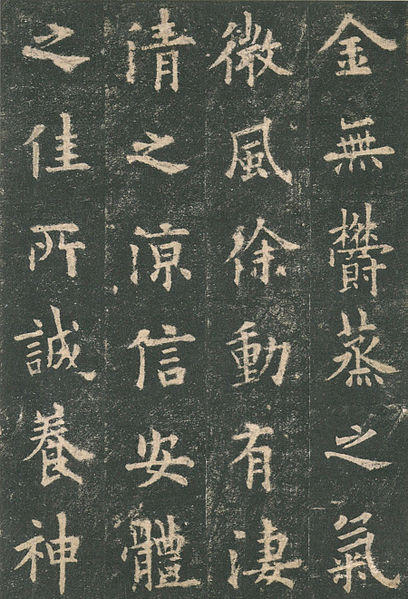
The Korean artist Kim Hong Do (1745-1806/45?) is by far one of the most popular and beloved of artists from the Joseon Dynasty. This popularity is due in great part to his "Pungsokdocheop" [풍속도첩] album of twenty-five genre paintings depicting daily life amongst Koreans in the eighteenth century. Portraits and scenes of royalty and court officials, along with religious iconography, have always dominated East Asian art; though scenes of commoners began to emerge in the 1700s. Joseon Korea society comprised approximately 10-15% upper/governing class individuals and 85-90% working individuals (farmers/craftsmen) and untouchables [천민] (butchers, slaves, shaman priestesses/priests, prostitutes, etc.); therefore, it was very apparent that the majority of society was greatly under-represented in the art of the time. Kim Hong Do is one of a handful of Joseon Korea artists who decided to help address this through portraying non-royal, non-elite individuals engaged in their routine, commonplace activities.
The painting above, commonly referred to as "Shooting an Arrow" [활쏘기], is one of my personal favorite paintings of Kim Hong Do, especially since it deals not only with the art of archery as practiced in eighteenth-century Joseon Korea, but because its greater subject is the role of the teacher in the student/teacher relationship.
The key lies in the term for "goal" or "aim" (as a goal one has in her or his mind to achieve) in the three North-East Asian languages: 目標 (Korean: "Mokpyo" [목표]; Chinese: "Mubiao"; Japanese: "Mokuhyo"). This term has its roots in archery actually. The term "目" means "eye", while "標" means "mark or symbol"; thus a goal is an "eye mark," and this term has been used in archery for several thousand years to denote "target." In archery, one must set ("mark") his or her eye on a distant target in order to make a successful shot; and, personal goals and aims are the same: a point descried from far away (in time as opposed to space as in archery) that one must firmly set their gaze upon.
Kim Hong Do's painting shows three young students and an older master, age being made evident in the amount of facial hair each has since it was customary for men in Joseon Korea to maintain a beard, trimmed as little as possible in veneration of the body that one's ancestors had provided. All men are members of the "Yangban" scholarly-elite class, though they most likely reside outside of the capital city of Hanyang (Seoul). The teacher is wearing the wide-brimmed "Gat" Yangban hat, a style very popular at the time, but his somewhat ragged clothes are not the silk variety worn by high court ministers, nor are they those worn by provincial officials; therefore, we can surmise that this gentleman holds a more modest position in a small country town. Nonetheless, he is someone who has obviously been educated and who was able to pass the very difficult governmental test in order to gain some type of administrative position.
Archery was one of the standard subjects taught in Joseon Korea's traditional Confucian education (along with the four main Confucian classics, the five Chinese classics, calligraphy, and music). Though archery is predominantly a military skill, it was also regarded as a gentlemanly pursuit at this time in Korea's history, particularly because of its components of concentration, composure, and control. The master in this painting is not an official educator by trade, nor is he a military man--once again made evident in his clothing, the greatest indicator of social class and occupation in Joseon Korea. He does seem to know the art of archery well though, to such an extent that these three younger men have placed their trust in him to gratefully accept his guidance.
The student in the foreground is stringing his bow, while the student in the background is checking the straightness of an arrow. The student receiving direct assistance is in obvious need of the most help in this scene: His body is totally misaligned; his front foot is pointing straight at the target when it should be tilted inward more. The student is also shooting in a left-handed manner, which was quite odd since archers in Korea and around the world have traditionally used the right-handed method. The young man's shoulders are very stiff and tense, thus the teacher has placed his left hand on his shoulder to remind him to relax. The student seems to be aiming a bit unsteadily and at too high an angle as well, so the teacher has placed his other hand on the student's arm to steady him and gently push his arm down at a lesser angle. The student also doesn't seem to be aiming properly with his eye, since this is usually done with that of the lead arm (here, the right arm); both of his eyes are wide open. Finally, the student quite visibly lacks confidence, as can be seen in his very diffident facial expression, presenting a wide contrast with the very confident and composed expressions of his fellow students. In short, this student really needs his teacher's help; and, this teacher can look forward to devoting a great deal of time in working directly with this student.
This is a scene not only about archery, but also of the role of the teacher in helping students fix their gaze on a distant goal, steady themselves, aim properly, and executing the actions requisite for attaining success. Kim Hong Do's painting gives us a quiet and gentle picture of the very important and precious relationship of the student and teacher.





